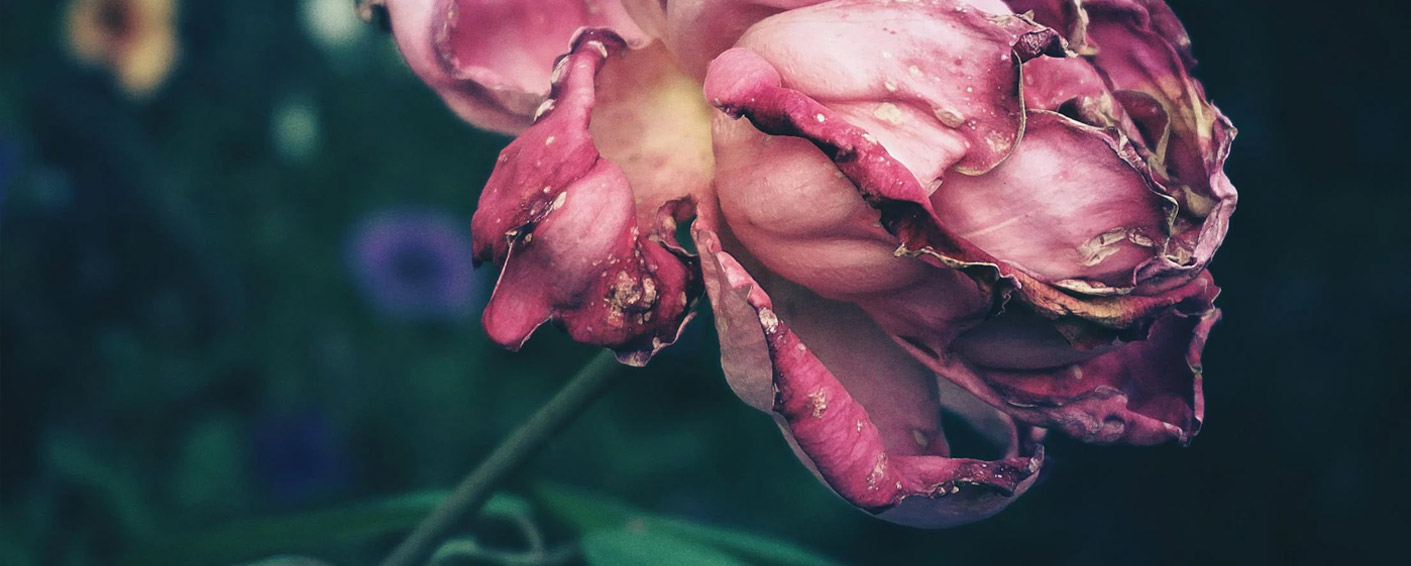Troubleshooting Common Floral Design Challenges: Wilting, Drooping, and Arrangement Stability
Creating breathtaking floral arrangements is an art form that requires skill, creativity, and attention to detail. However, even experienced floral designers encounter common challenges such as wilting, drooping, and arrangement instability. In this blog post, we’ll explore practical tips and techniques to troubleshoot these issues and ensure your floral creations remain vibrant, beautiful, and long-lasting.
Combatting Wilting Flowers: Keeping Blooms Fresh and Hydrated
Wilting flowers can quickly diminish the beauty of your arrangements, but there are several strategies to combat this common issue. Start by selecting fresh, high-quality blooms and trimming their stems at an angle before placing them in clean water. Remove any foliage that will be submerged in water to prevent bacterial growth. Additionally, consider using floral preservative additives to nourish the flowers and extend their vase life. Keep the arrangement away from direct sunlight, heat sources, and drafts, and regularly replenish the water to maintain hydration and freshness.
Addressing Drooping Stems: Providing Structural Support
Drooping stems can compromise the visual impact and stability of your floral arrangements, but with proper support, you can prevent this issue. Choose sturdy containers with sufficient depth and stability to support the weight of the flowers and keep them upright. Use floral foam or chicken wire inside the container to anchor the stems and provide structural support. Arrange the flowers strategically, starting with the focal blooms in the center and gradually adding filler flowers and foliage to create a balanced and stable composition. For particularly heavy blooms, consider using floral tape or wire to reinforce the stems and prevent drooping.
Ensuring Arrangement Stability: Securing Flowers in Place
Arrangement stability is crucial for preventing spills, tilting, or shifting of flowers, especially in large or elaborate designs. Secure the floral foam or base firmly inside the container to prevent movement or shifting. Use waterproof floral tape or adhesive to anchor stems to the container’s bottom or sides for added stability. Consider incorporating heavy elements like stones, marbles, or floral weights into the base of the arrangement to counterbalance top-heavy blooms. For tall or top-heavy arrangements, insert wooden skewers or floral picks into the stems and anchor them securely into the foam or base to provide additional support.
Refreshing and Reviving: Maintenance Tips for Longevity
Even with proper preparation and arrangement, floral designs may require ongoing maintenance to ensure longevity and freshness. Monitor the water level regularly and replenish it as needed to keep the stems hydrated. Trim the stems every few days and remove any wilted or spent blooms to maintain the arrangement’s visual appeal. Mist the flowers lightly with water to hydrate them and revive their appearance. If necessary, reposition or adjust individual stems to maintain the arrangement’s balance and symmetry. With regular care and attention, your floral creations will continue to delight and impress long after they’re arranged.
Troubleshooting common floral design challenges such as wilting, drooping, and arrangement stability is an essential skill for any aspiring or seasoned floral designer. By implementing strategies to keep blooms fresh and hydrated, provide structural support, ensure arrangement stability, and maintain longevity through regular maintenance, you can overcome these challenges and create stunning floral arrangements that captivate and inspire. With patience, creativity, and attention to detail, your floral designs will continue to flourish and bring joy to all who behold them.




